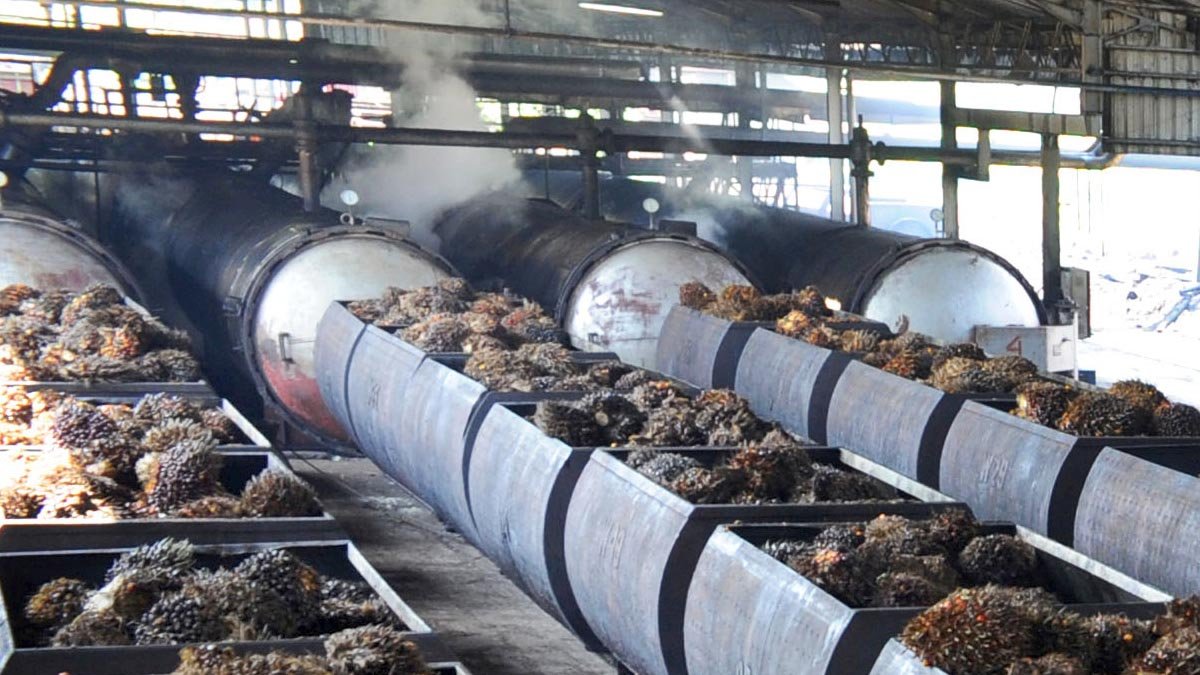PALMOILMAGAZINE, JAKARTA – PT Citra Borneo Utama Tbk. (CBUT) has set an ambitious sales growth target for 2025, projecting a 35% to 40% increase compared to the previous year. CBUT Director Ronny Hertantyo Raharjo revealed this during an online public presentation attended by Palmoilmagazine.com on Thursday (May 8, 2025).
“In 2024, our sales were around IDR 9 billion. With the projected growth, we’re aiming for a significant increase in 2025,” said Ronny.
This optimism, he explained, is fueled by the company’s strong performance in the first quarter of 2025, which signals a positive growth trajectory. Improvements in production volume, operational efficiency, and transaction flow are expected to drive profits beyond 2023 levels.
Also Read:
Ronny also noted that CBUT’s core product prices are trending upward. “In Q1 2025, the price of our main product already exceeded US$1,000 per ton. This could reflect the average price for the rest of the year,” he added.
To support its growth ambitions, CBUT is currently completing two major development projects slated for 2025. The first is the expansion of its processing plant, which will add a capacity of 500 tons per day and is expected to be completed by Q3 or Q4 this year.
The second project focuses on downstream investment, particularly in raw materials for biodiesel. In parallel, the company is also launching a bottled cooking oil project with a capacity of 200 tons per day. This bottling project is scheduled to begin commissioning by mid-2025.
“Our goal is clear—expand our share in the packaged cooking oil market and strengthen product diversification,” Ronny stated.
CBUT affirmed that downstream integration remains a core part of its long-term strategy. According to Ronny, the company will continue to pursue downstream initiatives through 2026, in alignment with the government’s push to add value to the national palm oil industry.
“These downstream efforts reflect our commitment to supporting government policy and enhancing Indonesia’s position in the global palm derivative supply chain,” he concluded. (P2)
